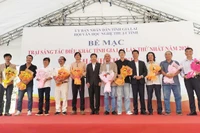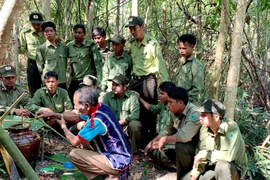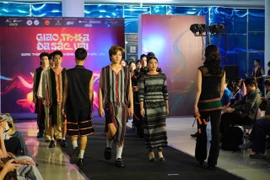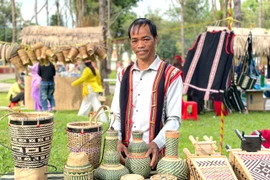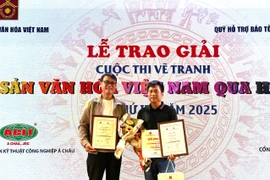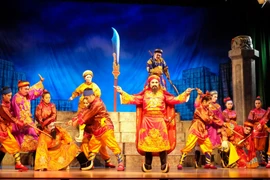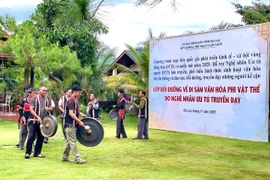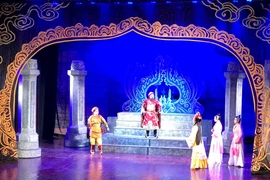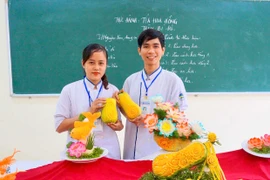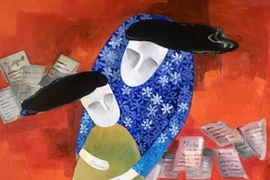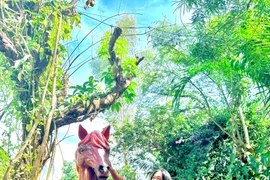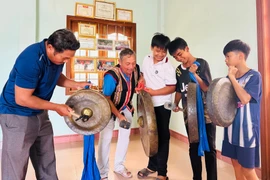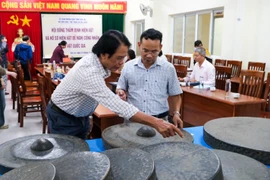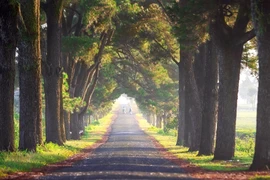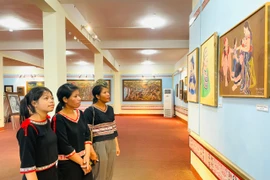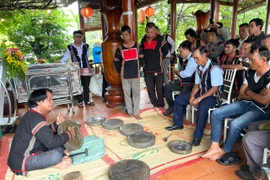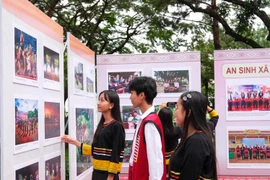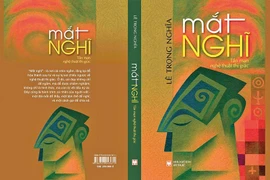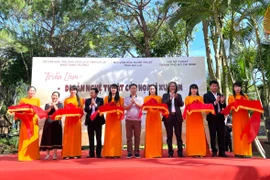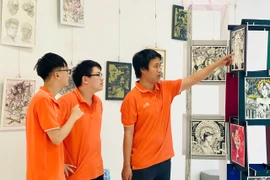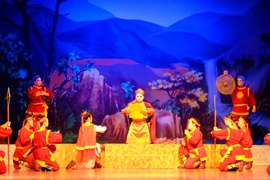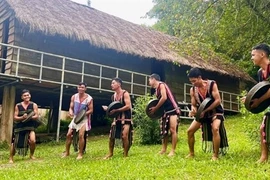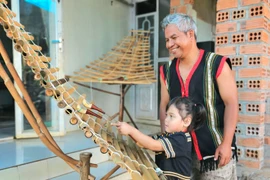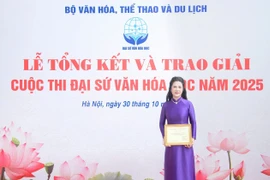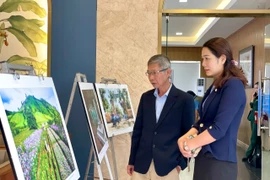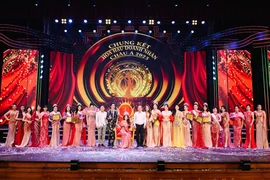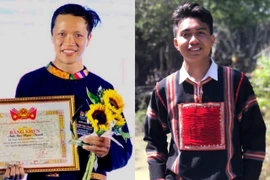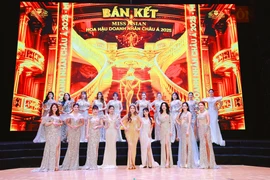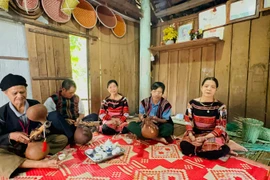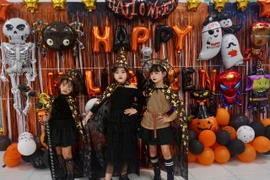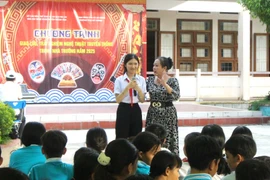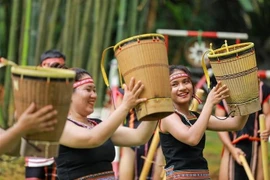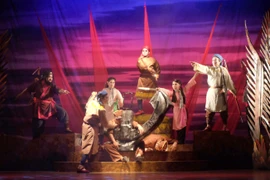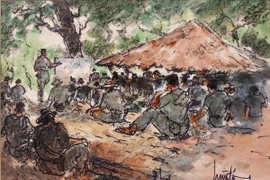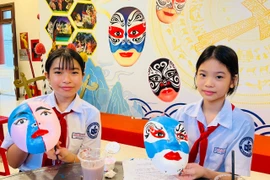Following the merger of local cultural agencies, the Department of Culture, Sports and Tourism has issued directives to expand the program with innovative approaches, aligning it with key initiatives such as the new rural development program.
Deputy Director Lê Thị Thu Hương said provincial agencies have integrated the movement’s content into their work, staying connected with grassroots communities and ensuring synchronized implementation.
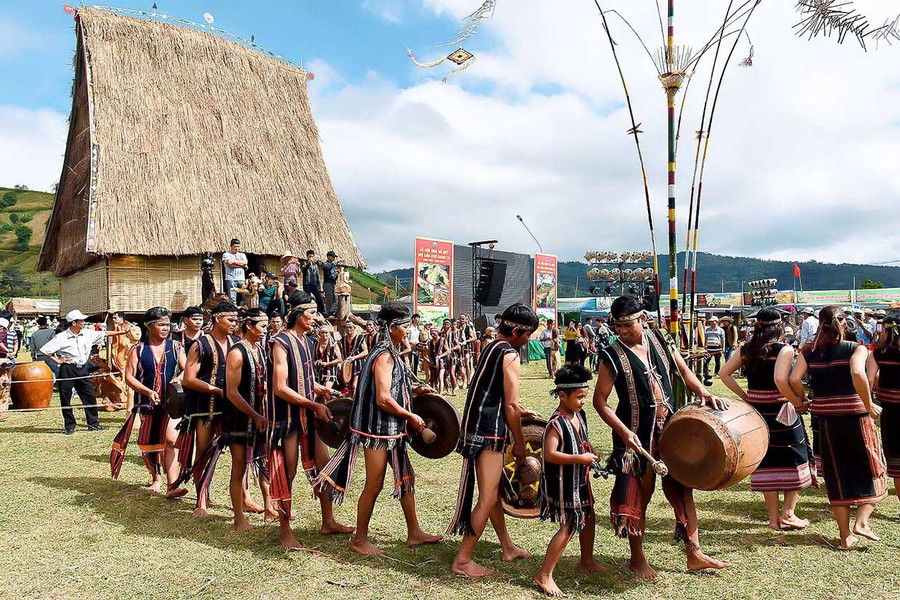
Systematic implementation at local levels
Across provinces, cultural, artistic, and sports events are now regularly organized at the grassroots level. Investments in infrastructure, community cultural houses, sports fields, and libraries, have enhanced residents’ spiritual and recreational lives. Families are at the center of efforts, with campaigns addressing domestic violence, online child protection, and family law awareness.
Quy Nhơn: A model for cultural development
Quy Nhơn Ward has emerged as a leading example. Standing Vice Chairman of the ward’s People’s Committee, Phan Tuấn Hoàng, said economic development goes hand-in-hand with cultural preservation. Residents actively maintain traditions while supporting sports and cultural events.
In the first half of 2025, Quy Nhơn reported a 10.4% rise in product value, export turnover of $129,000, and retail and service revenues exceeding 13.503 trillion VND ($531 million). Annual per capita income reached 75 million VND ($2,950).
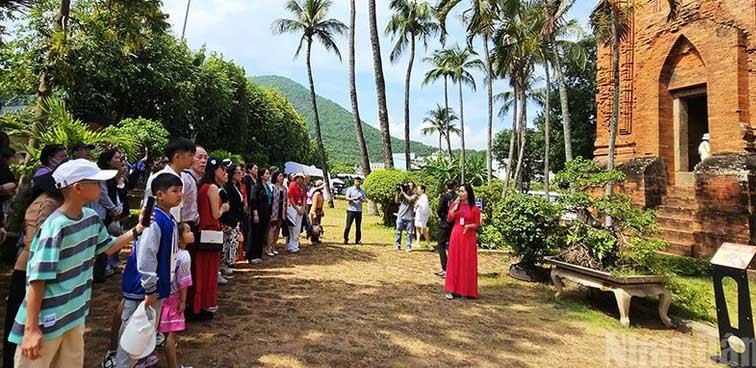
Social indicators were also positive: no poor households, 100% health insurance coverage, child malnutrition under five reduced to 4.46%, 84% of schools meeting national standards, and 99% of solid waste properly treated.
Rural communities strengthen cultural identity
In Biển Hồ Commune, cultural development is closely linked with rural modernization. According to Nguyễn Lương Bảy, Head of the Culture and Society Office, authorities have reinforced village conventions, invested in cultural facilities, and encouraged active art troupes. These gatherings foster entertainment, solidarity and pride in local identity.
Linked with broader national movements
The cultural movement also supports wider campaigns, including:
*“Farmers emulate in good production and business, unite to get rich and reduce poverty sustainably”
*“All people participate in protecting national territorial sovereignty and border security”
*“Officials, civil Servants and public employees emulate in practicing office culture”
*“Women actively study, work creatively in connection with the 5 No’s, 3 clean’s campaign”
*“Friendly schools, active students”
Each initiative contributes to a shared goal: building a healthy cultural environment at family, school, workplace, and community levels. Authorities say the results affirm culture as both a driver and goal of sustainable development.

